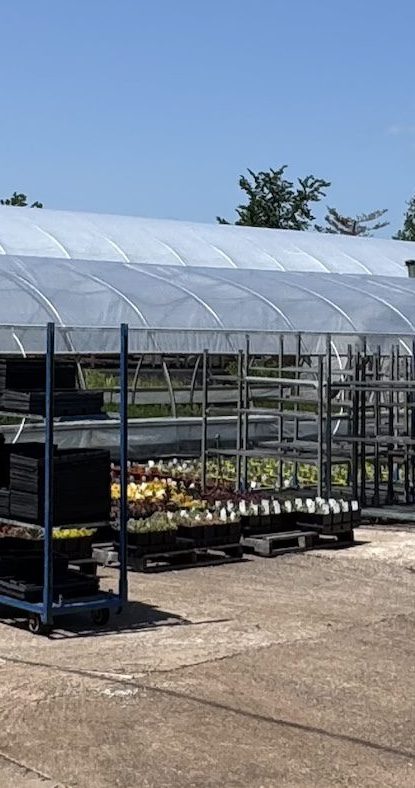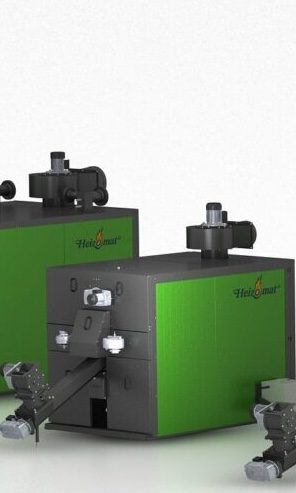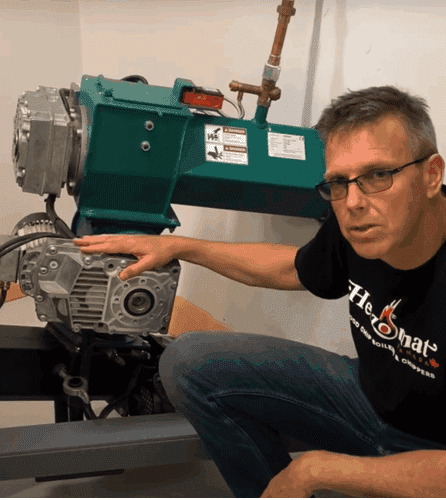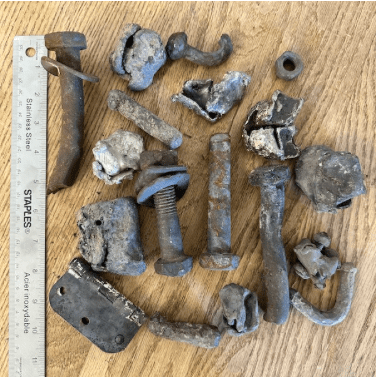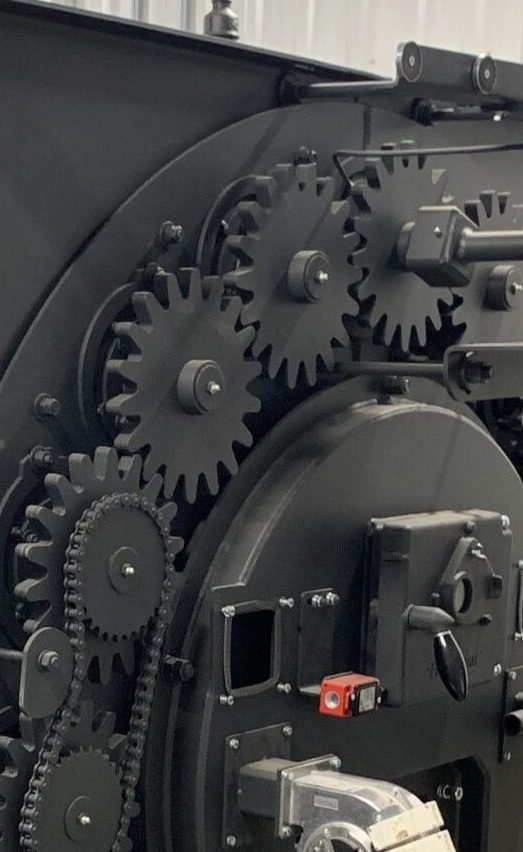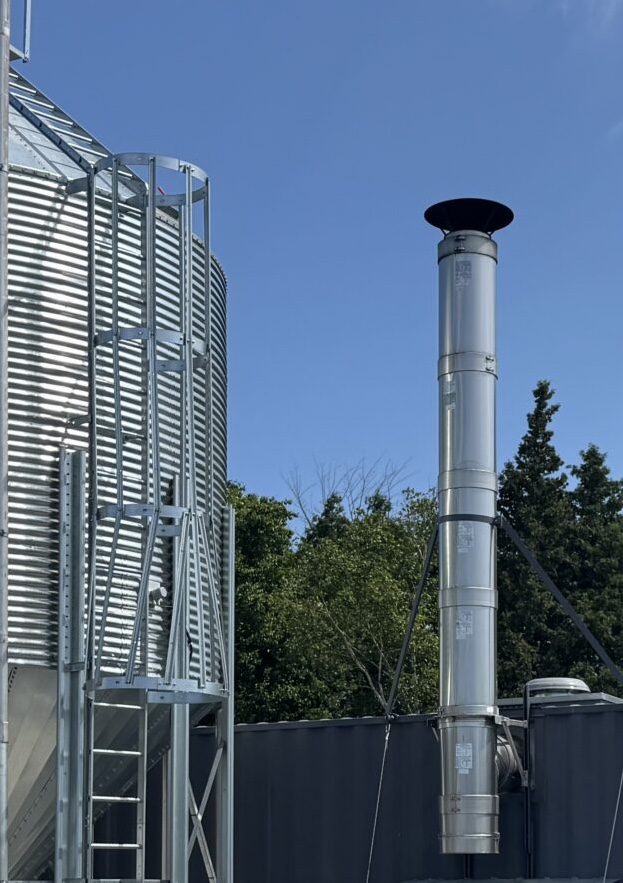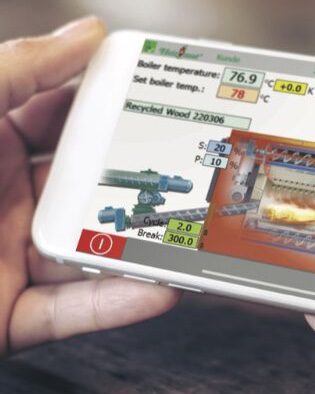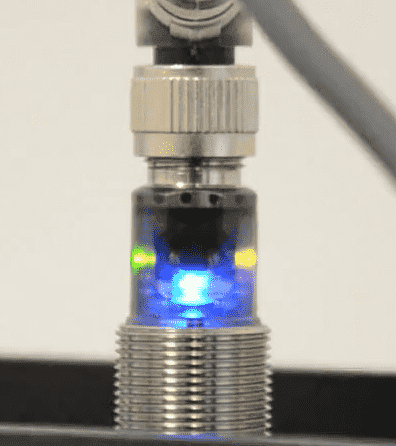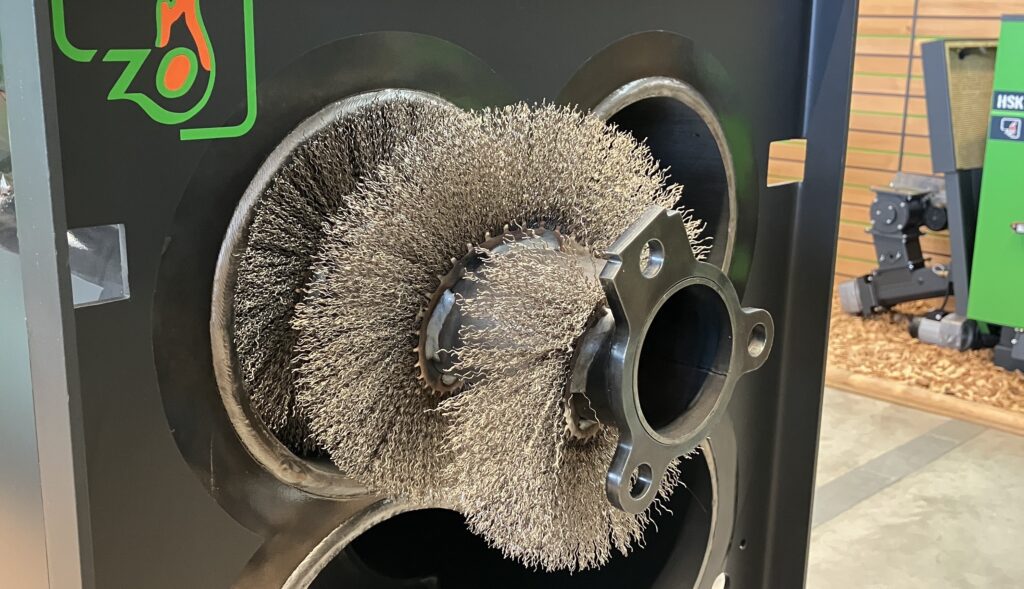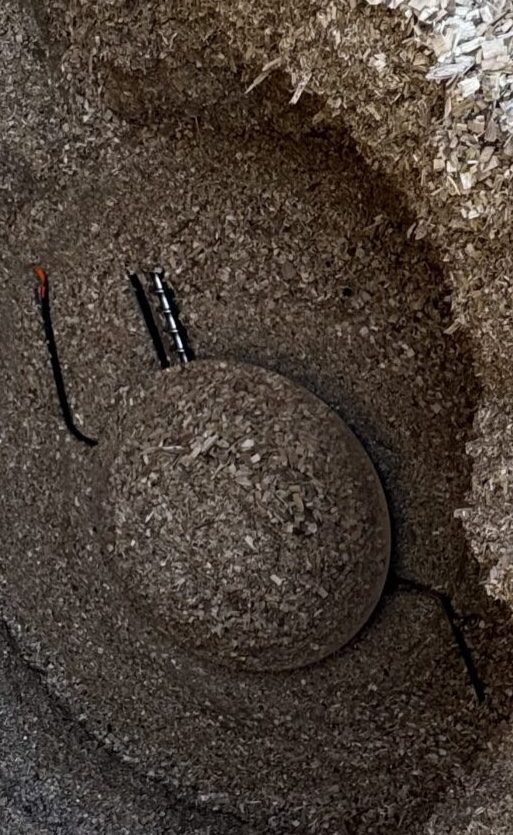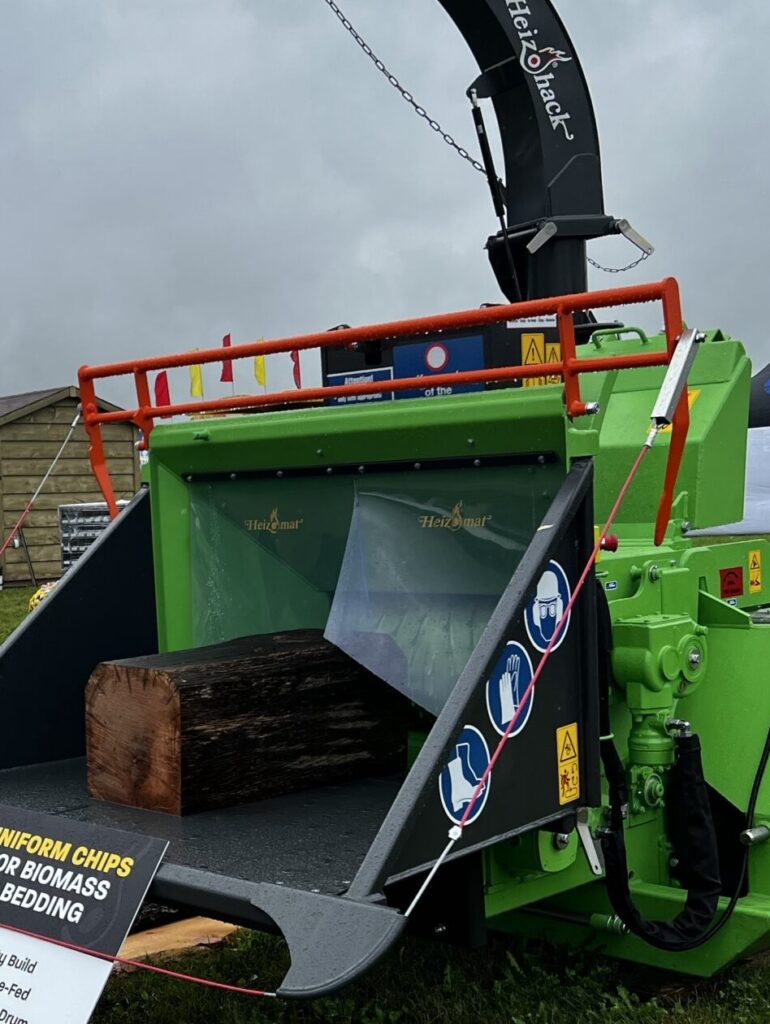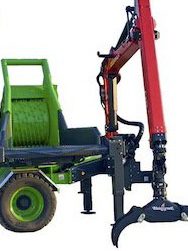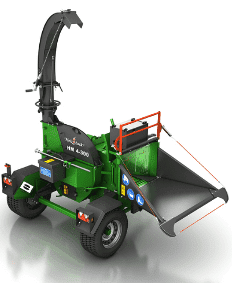For Efficiency, Automation and Peace of Mind
Resources
What are you looking for?
Boilers
The ‘Straight Talk’ Wood Chip Boiler Tour
A Practical Guide on the Ins & Outs, Pros & Cons and Whether It’s Right for You.
Easy To Feed… Even Imperfect Fuel
“Its hard to believe we are heating with wood because there is so little to do. We even went an entire winter without emptying the ash bin.”
The ‘Straight Talk’ Wood Chip Boiler Tour
A Practical Guide on the Ins & Outs, Pros & Cons and Whether It’s Right for You.
The ‘Straight Talk’ Wood Chip Boiler Tour
A Practical Guide on the Ins & Outs, Pros & Cons and Whether It’s Right for You.
1/2 Acre Greenhouse. $40k Savings.
He’s Saving $175k per Year…
…and Sleeping Two Extra Hours every Night
The ‘Straight Talk’ Wood Chip Boiler Tour
A Practical Guide on the Ins & Outs, Pros & Cons and Whether It’s Right for You.
20/20 Hindsight
5 Biomass Boiler Blunders and What I’d Do Next Time
Tips from a Boiler Owner
The ‘Straight Talk’ Wood Chip Boiler Tour
A Practical Guide on the Ins & Outs, Pros & Cons and Whether It’s Right for You.
Chippers
Crane-Fed Chipper Features
Frequently Asked Questions
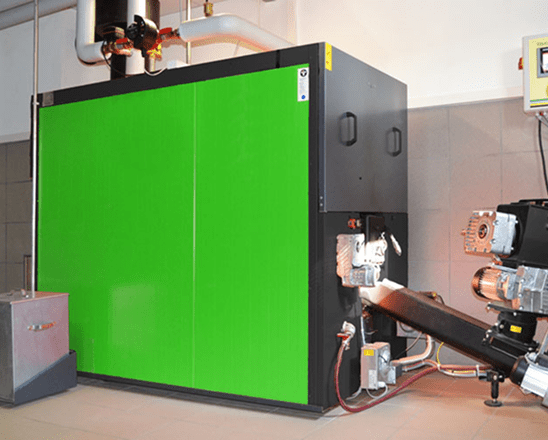
If you have a heating system currently doing the job, the easiest boiler sizing indication is the nameplate which will state it’s BTU or kW rating. If you don’t have this, a quick rule of thumb to start you on the way is to calculate the following: Total Square Footage you want to heat ÷ 100 = Kw rating of your boiler. For eg. 10,000 square feet ÷ 100 = 100kW rating for your boiler.
Of course there are many more factors to consider before you make a final decision. To learn more, read our Sizing Guide.
Heizomat boilers are built smart and robust. When filled with mineral free water, cared for with basic maintenance and supplied proper fuel you can expect your boiler to last 30 years+.
When provided with proper fuel, Heizomat boilers require very little maintenance. You can expect to spend about 30 minutes twice per year plus some greasing 4 x per year. Here is a link to download the Maintenance Chart.
Standard boiler orders come included with the following:
- Boiler body and panels
- Feed System that brings fuel from the Bunker (Fuel Store)
- Rotary Safety Valve
- Sprinkler Safety System
- Ultrasonic Sensor for Fuel Supply
- Automatic Deashing System with Ash Bin (sizes vary)
- Siemens Control Panel.
- Router and downloadable App for notifications and remote monitoring connection
Optional add ons include:
- Full Plug and Play Containerization of the boiler ready for connection to your power and plumbing
- Electrostatic Filter
- Cyclone
- Buffer Tank
Standards across the provinces vary so we have you covered. We offer all the certifications you require:
CSA B365 and B366.1 Safety Standards
ASME/CRN Pressure Vessel Certification
Open system installations
European and Canadian Emissions Standards
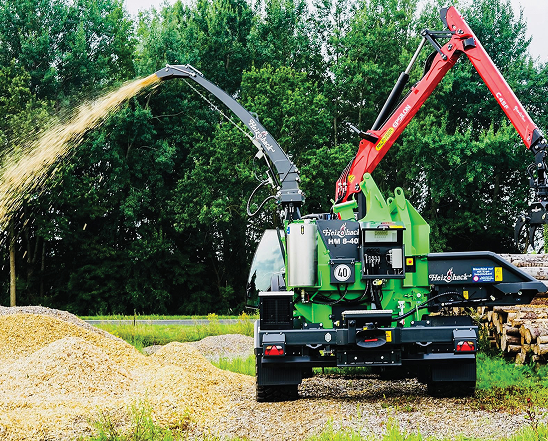
Chipper Sizing comes down to the maximum diameter of wood you want to be able to feed through the chipper and the throughput or cubic yards of chip you want to produce per hour.
Other factors include
- budget,
- how you plan to feed your chipper ie hand fed or machine fed,
- will it need to be mobile or stationary and
- what type of drive ie electric, diesel or PTO suits you best.
Browse through our Hand Fed and Crane Fed chippers to see their specifications or Reach Out and we are happy to help narrow it down for you.
Heizomat Chippers are built for easy on-site maintenance. The blades can be quickly sharpened and adjusted in the field, and are inexpensive to replace when the time comes.
All Heizomat Chippers come with an on-board Tool Box and essential tools for handy access.
The combination of a pressure roller and a conveyor enables the chipper to easily pull anything you throw at it.
From larger trunks to treetops, and even bits and pieces from off cuts are no problem.
You can make a funnel by lifting the in-feed table at 45 deg and feed the chipper with a bucket.
Yes you can! The Heizohack chipper can be modified to suit your needs.
If you want to chip pallets you can have the chips and nails go down below the chipper on a conveyor and not through the chute. In this case the chute is removed along with the augers feeding the blower.
The blades will need to be changed more often but they surprisingly last long even when chipping pallets. We don’t recommend chipping heavy duty pallets made with large nails.
Heizohack chippers are designed to produce lots of chips without a lot of horsepower.
The heavy flywheel built in the blower is the reason why all Heizohack chippers do not require large engines to power them.
For example, the HM 6-300 hand-fed chipper can run on a 55hp tractor, our largest crane fed chipper producing over 200m3/h, the HM 14-860 K, only requires 350hp!
The fuel savings stay in your pocket.
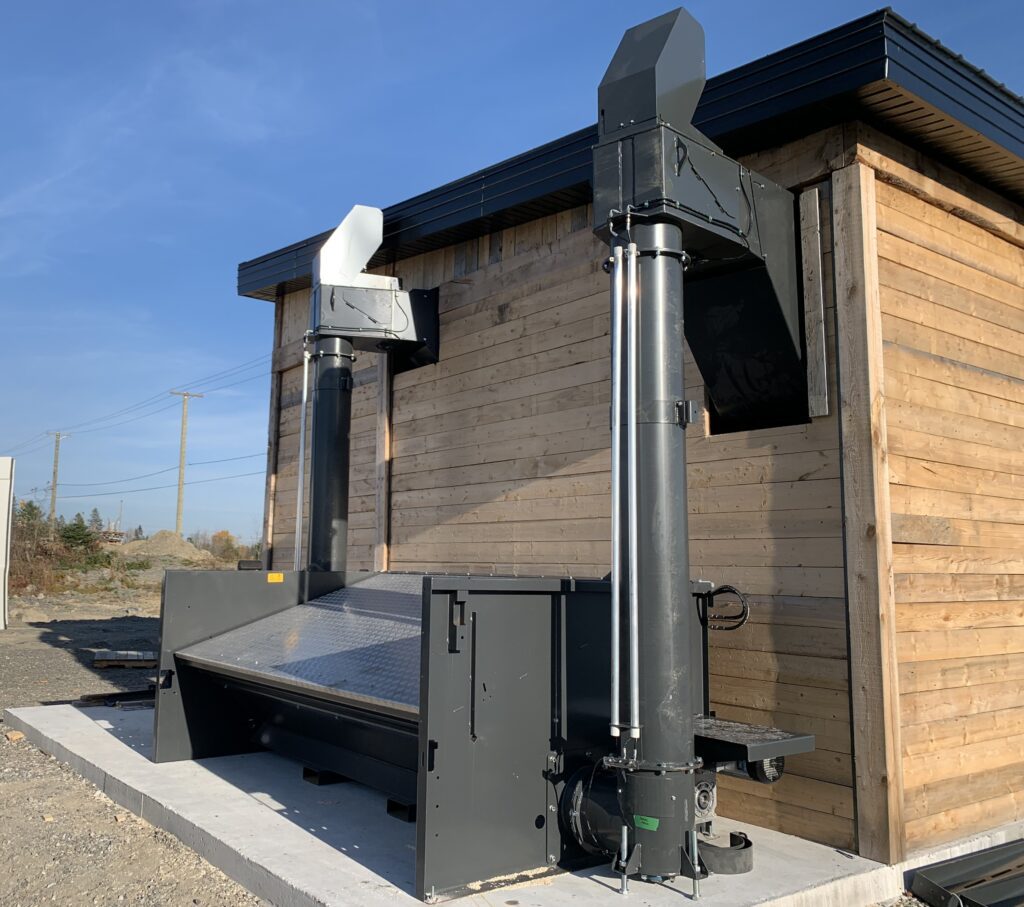
The most important factors in finding/using the right fuel are the following:
Moisture Content: 20-30% moisture content
Sizing – Depending on your boiler size, the best fuel will be between 1″ – 3″ square
Type – Woodchips are the most economical and best value for money however other options include: Pellets, Sawdust, Shavings, Miscanthus. Feel free to contact us about other fuels you are considering. While many things will burn and can produce some heat, you want to be sure that there is enough heat value in the fuel to reach the boiler’s maximum output and that there are no harmful chemical contents to the fuel that could damage your boiler system.
Annual Fuel usage comes down to kW/BTU size of the boiler x Annual Heating Hours = volume of fuel the boiler burns in a heating hour.
A rule of thumb for average useage is 2 cubic meters / 2.6 cubic yards per kW per year.
A 100kW boiler under this calculation, this would use on average 200 cubic meters or 260 cubic yards of quality woodchip per year.
A 500kW would use 1000 cubic meters or 1300 cubic yards of chip in a year.
Contact us to discuss this further and we can help you verify this for your own project.
Yes you can easily switch from woodchips to pellets to miscanthus to mixed chips and sawdust.
Our standard discharge system in the bunker can handle all your quality fuels with no alterations required.
The Siemens control panel allows you to turn your boiler to your specific fuel and save those settings. Then switching between fuels is as easy as switching your pre-saved settings.
Yes you can! Woodchips allow for complete fuel independence if you have access to wastewood source material.
You can use a screened chipper like a Heizomat or you can use an unscreened chipper and just be sure to monitor the chip size it is produce to ensure you don’t get too many ovesized chips or fines.
The Heizomat augering and chain systems do allow for a greater chip variance but the close you are to perfect chip the more hands free your experience will be.
Contact us if you would like to discuss the chip you have available and how to best process, store and transport your chip.
You should look for a Woodchip supplier within about an hours drive to keep the transport economical.
Pellets are more dense making it possible to transport them much further distances.
Finding Fuel
Looking for Fuel?
You can use a screened chipper like a Heizomat or you can use an unscreened chipper and just be sure to monitor the chip size it is produce to ensure you don’t get too many ovesized chips or fines.
The Heizomat augering and chain systems do allow for a greater chip variance but the close you are to perfect chip the more hands free your experience will be.
Contact us if you would like to discuss the chip you have available and how to best process, store and transport your chip.
We recommend using wastewood material. The species of tree does not matter though some will have higher BTU values than others.
You can use chipped up waste pallets, leftovers from manufacturing processes, construction material, tree tops, clean up from forest fires and biomass collected during forest management and regeneration practices.
Good sources of chip can be from local sawmills or forest product suppliers. Look for a supplier within a 1 hour drive to keep trucking costs manageable.
Contact Us to help you source fuel if you are not having any luck finding a supplier.
There are many benefits to both products. At Heizomat we are big fans of woodchip. It is the most economical of fuels, has the least amount of processing and has the potential to create local jobs.
Pellets are a better options when you need more compact fuel storage or you need to transport them longer distances. As they are a more dense fuel, they take up less space per BTU.
Want to be a Supplier?
Annual useage of woodchip can run from 80 to 5000 cubic yards per year depending on their boiler size and heat requirements.
The chips need to be between 20 and 30% Moisture Content
Their sizing should be around 2″ square on average without too many oversized chips and ideally not more than 10% fines.
To avoid high moisture content and the risk of degradation of the chips, they should be stored under cover. Even a tarp will do. Be sure to allow some airflow to allow the moisture that is evaporating to escape.
We recommend using wastewood material. The species of tree does not matter though some will have higher BTU values than others.
You can use chipped up waste pallets, leftovers from manufacturing processes, construction material, tree tops, clean up from forest fires and biomass collected during forest management and regeneration practices.
Stay Connected
Tips, advice, news and lots of other really good stuff…



